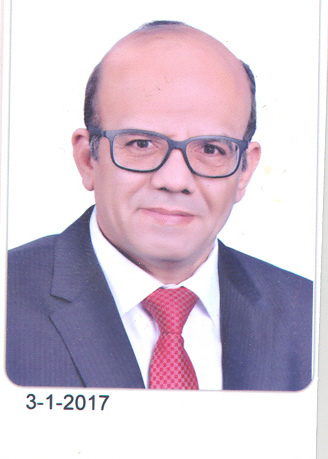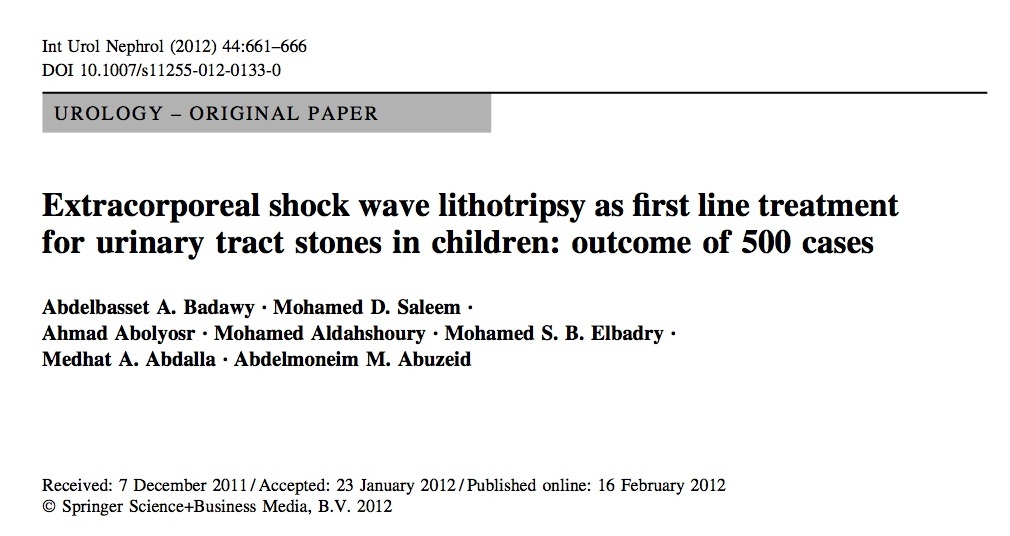PURPOSE:
The continued evolution of stone treatment modalities, such as endourologic procedures, open surgery and shock wave lithotripsy, makes the assessment of continuous outcomes are essential. Pediatric urolithiasis are an important health problem allover the world, especially in Middle East region. We evaluate the safety, efficacy and factors affecting success rate and clearance of stones in children treated with shock wave lithotripsy.
PATIENT AND METHODS:
Between 2005 and 2010, a total of 500 children with stones in the upper urinary tract at different locations were treated by Extracorporeal shock wave lithotripsy (ESWL) in our department, Sohag University, Egypt. We have used the Siemn's Lithostar Modularis machine, Germany. A total of 371 boys and 129 girls with the average age of 8.63 ± 5 years, and a range from 9 months to 17 years were included in this study. Diagnosis of their urinary calculi was established either by the use ofabdominal ultrasound, plain X-ray, intravenous urography, or CT scan. The stones were located in the kidney in 450 (90%) patients; 298 (66%) pelvic, 26 (5.7%) upper calices, 57 (12.6%) mid calices, and lower calices in 69 (15.3%) patients. The average of their stone sizes was 12.5 ± 7.2 mm. The other 50 children their stone were located in the proximal ureteral stones in 35 patients (70%); middle third in 5 (10%) patients and in the distal ureter in 10 (20%) patients. The average ureteral stone size was 7.5 ± 3.2 mm. All children were treated under general anesthesia with adequate lung and testes shielding using air foam. We treated the distal ureteral stones of young children in the supine position through greater sciatic foramen and lesser sciatic foramen as the path of shockwave instead of prone position, which is not a comfortable or natural position and could adversely affect cardiopulmonary function especially under general anesthesia. Localization was mainly done by ultrasound, and X-ray was only used to localize ureteral calculi. For follow-up, we have used abdominal ultrasound, plain X-ray, and CT scan if needed to confirm stone disintegration and clearance.


